During one of my regular charity shop forays I spotted a boxed Olympus iS-300 bridge camera – a fixed-lens 35mm single lens reflex (SLR) dating from the late 1990s. It’s solidly built and handles nicely, though one review I found online somewhat unkindly describes it as being ‘grandpa chic’.
Launched in 1999 its was the seventh generation, and penultimate model, of Olympus’s iS series bridge cameras which launched in 1991 with the iS-1000 (also known as the iS-1 and L-1000 in different markets). Olympus referred to them not as an SLR but ZLR – zoom lens reflex. The Olympus iS-300 has a fixed, motorised 28-110mm autofocus lens with a variable aperture of f/4.5 – 5.6. Despite the relatively modest widest aperture the viewfinder image is surprisingly bright, brighter than some 35mm SLR cameras I’ve used from the same era. It was succeeded in 2002 by the final model in the range, the iS-500, a similar design but with a slightly longer zoom lens.

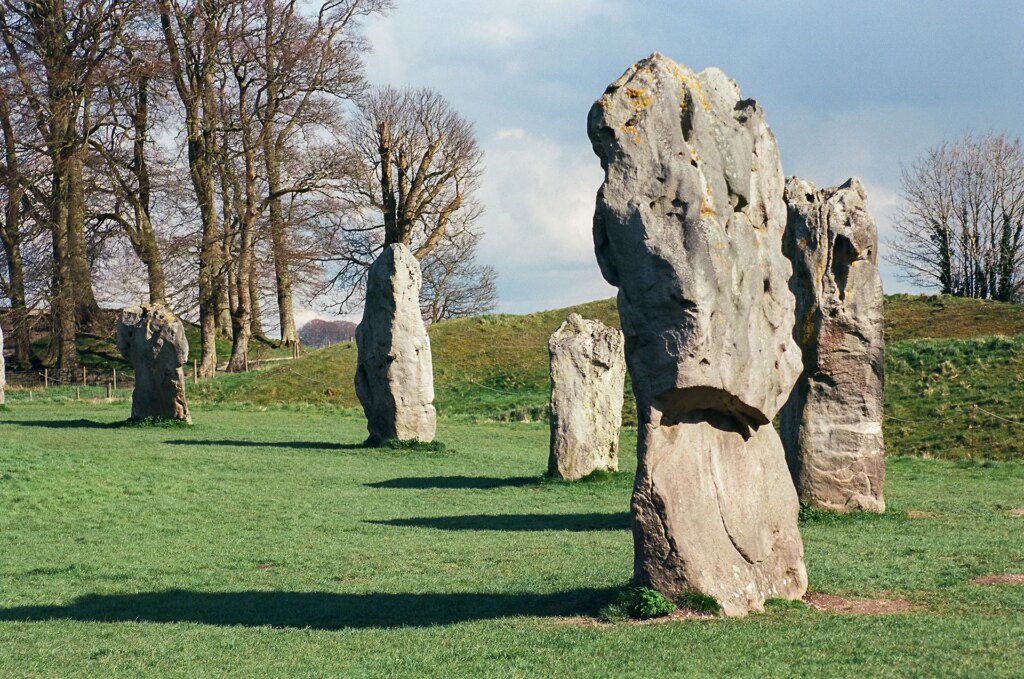
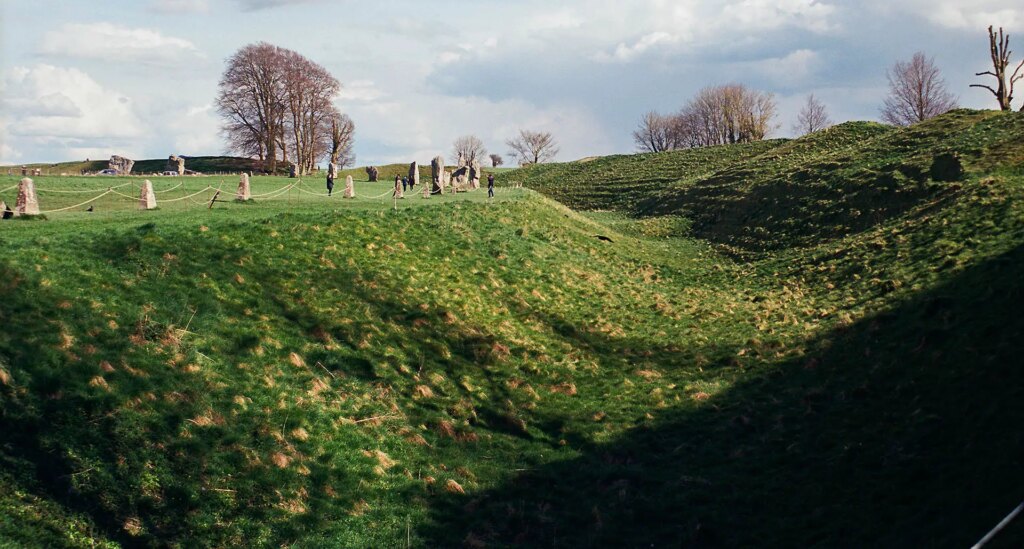
The first thing I needed to do was buy two CR123 lithium batteries, the cost of which were fairly similar to what I paid for the Olympus iS-300, so I switched it on with trepidation, but thankfully it worked perfectly, the lens automatically extending and pushing forward the built-in hinged lens cap. The camera boasts some impressive specifications – a vertically-running focal plane shutter with speeds from 4-seconds to 1/2000 second, a fairly large twin-tube flash, spot metering and a range of shooting modes – Stop Action which favours a fast shutter speed; Portrait, which seems to select a wide aperture to blur the background; Landscape, presumably favouring a smaller aperture, and Night Scene which sets a long exposure and gives the foreground subject some fill-in flash as illumination.
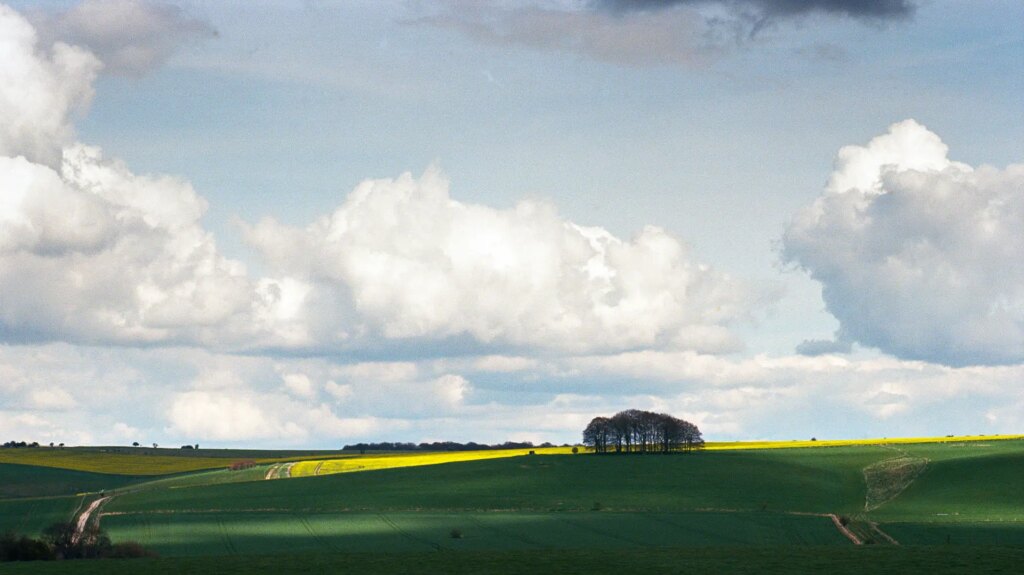
There are also Aperture-Preferred Auto (an aperture-priority mode) and Long Time which the instruction manual states is for ‘shooting fireworks or similar nighttime lights.’ However, in my opinion the biggest drawback of the camera is that it doesn’t display the aperture or shutter speed in the viewfinder or on the LCD top panel, so you’re effectively shooting blind when you use the default Full Auto mode.
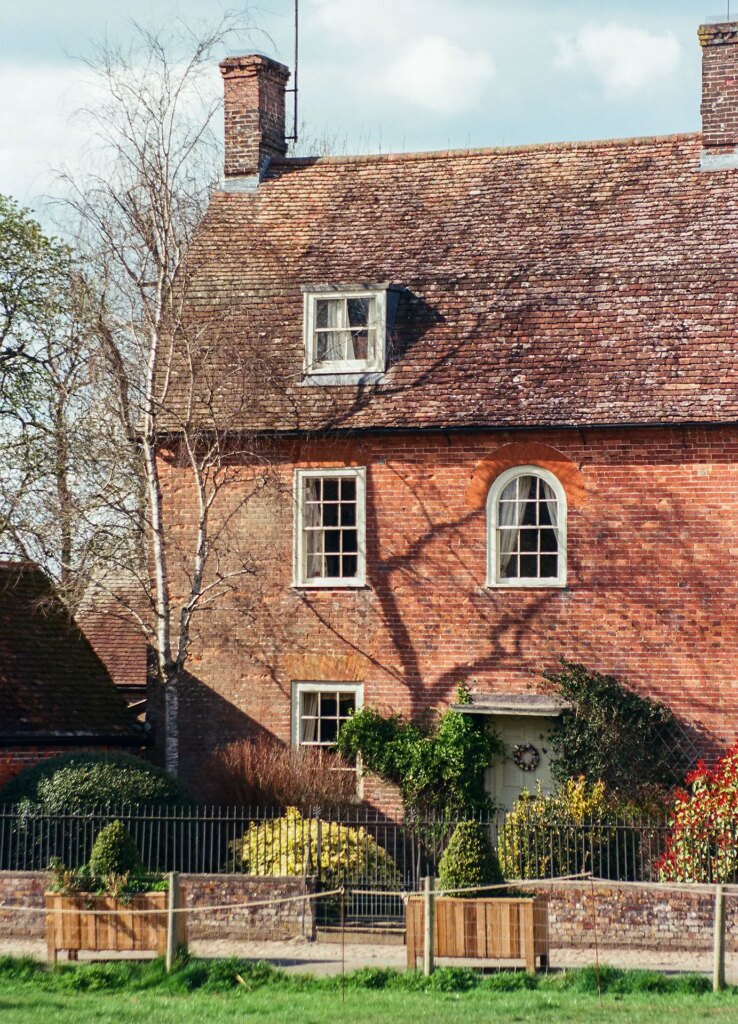
My roll of Kodak Ektar 100 was quickly and easily loaded by the automated loading process which just needs the tip of the leader pulled across to a red line. When the back is closed the motorised advance takes it quickly to the first frame – I even managed to get 37 frames from my roll, so it does it more efficiently than I would in a manually-loading 35mm SLR.
A sunny spring day at Avebury Stone Circle in Wiltshire seemed a good place to try the Olympus out. Autofocus was reasonably fast and accurate, though noisy – but not as noisy as the shutter and subsequent motorised film advance, the mirror making quite a ‘clack’. The lens has a very usable zoom range, from moderate wide angle to short telephoto. The grey barrel does move in and out of the body as the zoom is adjusted, again making a noise whilst doing so.
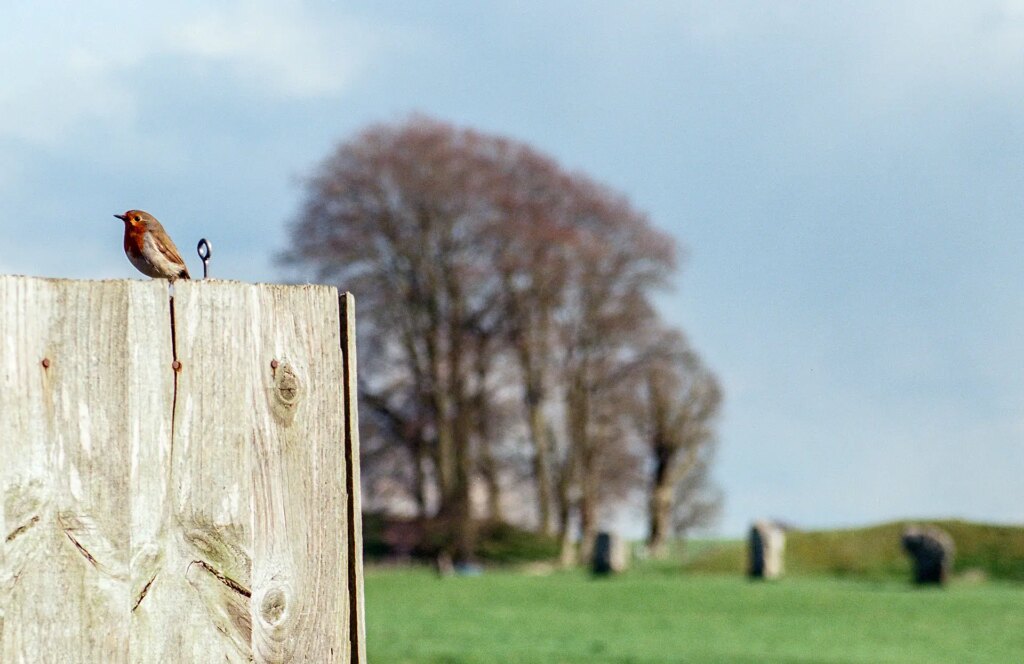
I stuck to full auto mode and the exposures were accurate, the film developed and scanned by Ag Photolab in Birmingham. The Olympus iS-300 features an easy to access exposure compensation dial on the top right, allowing plus or minus two stops exposure. I used plus one stop on occasions where there was a large amount of sky and white clouds in the frame and it worked very well.
The lens seems very sharp for a 20+ year-old design with a wide range of focal lengths. With the picture of the robin perched on the fence I focused centrally, held the shutter release halfway and recomposed – there is no manual focus option – but it worked well enough.
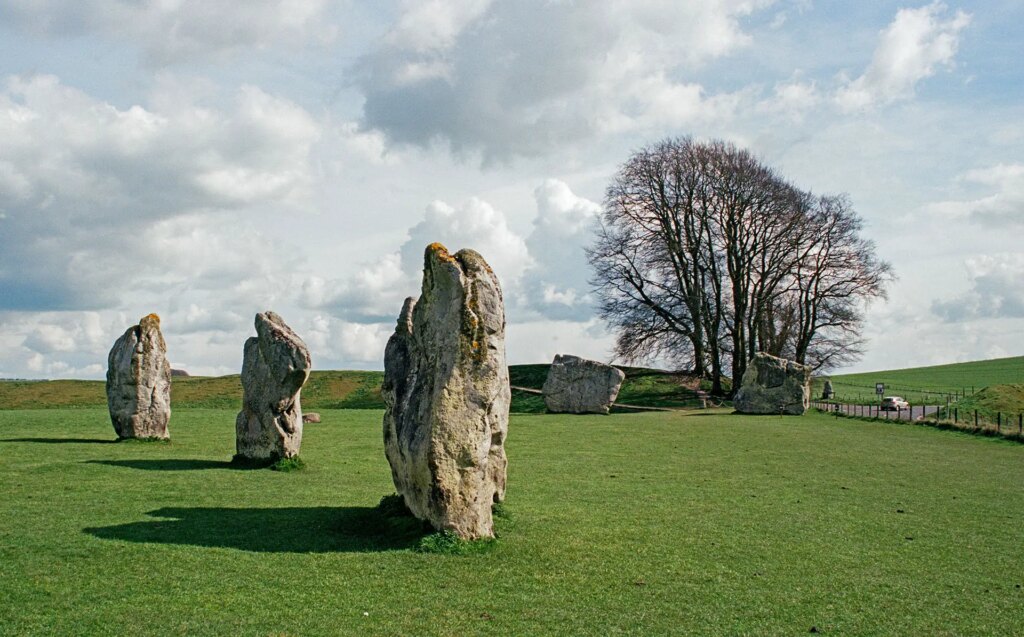
I kept getting the feeling that the design of the Olympus iS-300 was one of the ‘last rolls of the dice’ for a high-end 35mm consumer camera before the relentless march of digital. It’s certainly a very useful and flexible camera in a relatively small and well-made body with a lens that covers a wide range of focal lengths, and with decent autofocus performance. Olympus sold an optional wireless remote control for the camera as well as 1.9x and 1.45x teleconverters which attached to the filter thread of the lens. My biggest gripe is the complete lack of exposure information – a surprising omission for an otherwise capable camera.
Share this post:
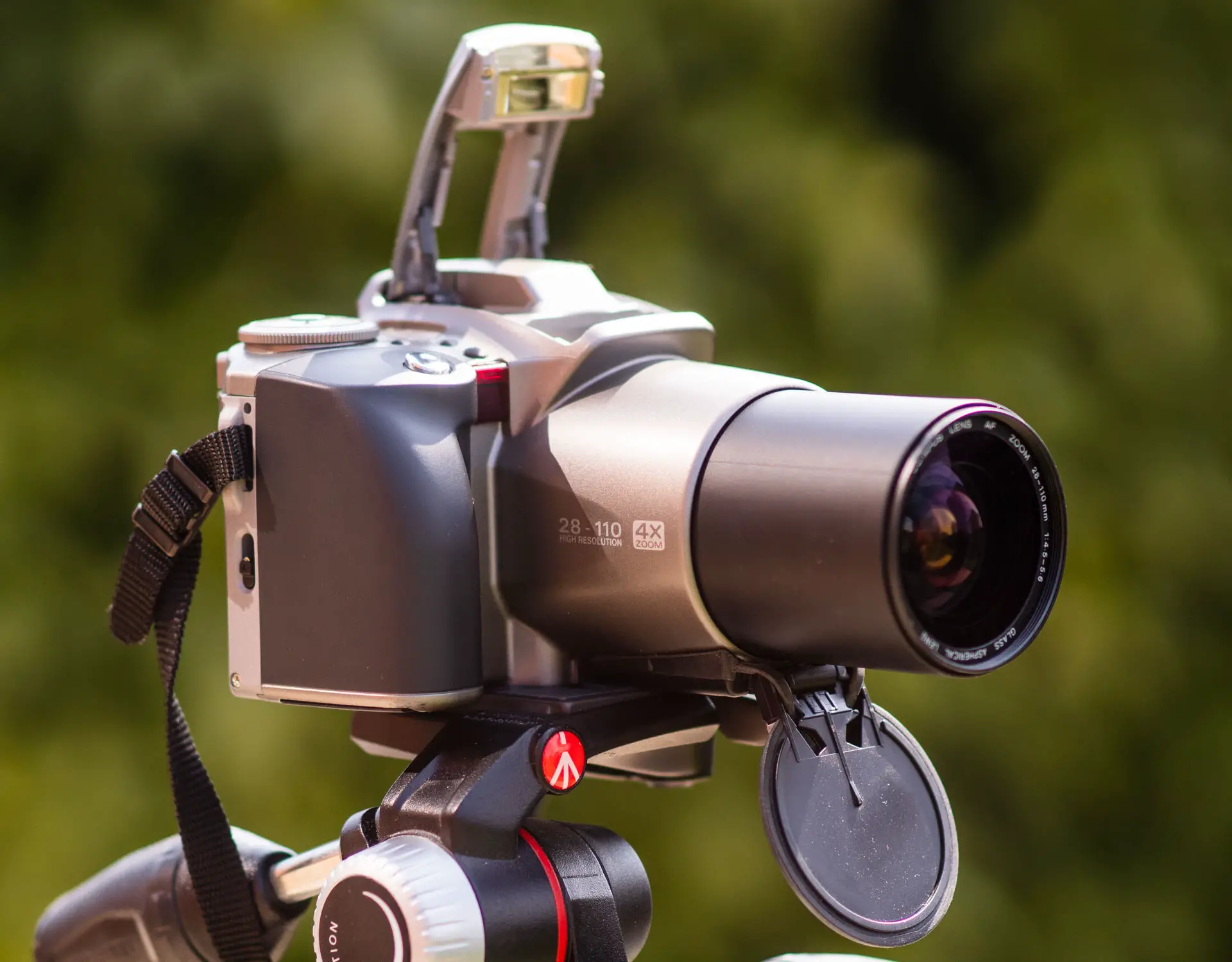








Comments
William Watts on Olympus iS-300 Bridge Camera Mini Review – 7 frames with a 1990s ‘Grandpa Chic’ Camera – Matthew Bigwood
Comment posted: 03/05/2022
Comment posted: 03/05/2022
Comment posted: 03/05/2022
Comment posted: 03/05/2022
Comment posted: 03/05/2022
Murray Kriner on Olympus iS-300 Bridge Camera Mini Review – 7 frames with a 1990s ‘Grandpa Chic’ Camera – Matthew Bigwood
Comment posted: 03/05/2022
Comment posted: 03/05/2022
Lance on Olympus iS-300 Bridge Camera Mini Review – 7 frames with a 1990s ‘Grandpa Chic’ Camera – Matthew Bigwood
Comment posted: 04/05/2022
Comment posted: 04/05/2022
PaulC on Olympus iS-300 Bridge Camera Mini Review – 7 frames with a 1990s ‘Grandpa Chic’ Camera – Matthew Bigwood
Comment posted: 04/05/2022
Also - about those "teleconverters which attached to the filter thread of the lens".....
Most conversion lenses were made for video cameras that use the digital "super 8" format. Used on larger format digital cameras they cause problems with poor imge quality for all but the central zone and vignetting; but not these olympus ones - they are lightweight to avoid strain on zoom lenses, and work well on my Micro 4/3 camera lenses. The Olympus 1.45x one with the 46mm thread goes well with the Leica 25mm F1.7 Panasonic lens, for example....
Comment posted: 04/05/2022
Film Friday: Reviewing the iS-300, one of Olympus’ last ZLR 35mm bridge cameras - Diem Press on Olympus iS-300 Bridge Camera Mini Review – 7 frames with a 1990s ‘Grandpa Chic’ Camera – Matthew Bigwood
Comment posted: 06/05/2022